Assoc.Prof.Dr. Ngo Tri Long
Re-establishing market operations
Resolution 68-NQ/TW of the Politburo on private economic development not only repositions the private economic sector in the economy, but through private economic development, the Resolution also re-establishes the development orientation of the socialist-oriented market in the coming time.
The consistent orientation of the Resolution is that private enterprises are "free to do business in industries not prohibited by law", in "an open, transparent, and stable business environment...".
To do that, the Resolution clearly states that the State's function is to "create, serve, and support the private economy to develop rapidly and sustainably, without administrative intervention in production and business activities contrary to market principles" and "use market tools to regulate the economy, minimize intervention and eliminate administrative barriers, the "request-grant" mechanism, the mindset of "if you can't manage, then ban"...".
These principles set out in the Decree on private economic development require the creation of a transparent and effective trading market, ensuring fairness between the components of the state economy and the private economy in market matters.
Therefore, in order for these principles to be properly and sufficiently implemented, it is necessary to build a market in which all participating economic components have equal roles and are subject to market rules instead of administrative intervention.
In that context, the trading model through the Commodity Exchange appears as an optimal market tool, in line with the Resolution's orientation when creating a transparent price operation mechanism according to supply and demand.
Through public price listing, direct connection with international exchanges and application of electronic order matching mechanism, trading through the Exchange in general and commodity trading through the Exchange in particular creates a transparent environment, where prices are formed based on real supply and demand and accurately reflect market signals. This is a modern operating mechanism, minimizing manipulation, price pressure or asymmetric information - major barriers to the private economy.
In particular, in the commodity sector, many items can be listed for trading, from agricultural products that Vietnam has strengths in such as corn, coffee to gasoline, electricity... all can be traded through the Commodity Exchange.
Commodity exchanges with standardized contracts help businesses access official information sources, closely monitored by exchanges and management agencies, thereby minimizing risks for businesses and investors. Thereby, businesses can also proactively build production plans, prevent risks and gradually participate more deeply in the global value chain.
Historically, the emergence of commodity trading has been linked to the need for producers and traders to hedge against risks in an increasingly volatile and complex market. The emergence of commodity derivatives (futures, options, forward contracts) has helped businesses control the risk of price fluctuations, while creating a financial market with depth and high liquidity.
In the world , the model of centralized commodity exchanges has been formed and developed for hundreds of years with typical successes such as the Chicago Mercantile Exchange (CME Group), London Metal Exchange (LME), or Singapore Exchange (SGX). These centers are not only places for trading commodities but also important financial hubs that contribute to the national economic strength.
China is also using commodity exchanges to implement its global economic strategy. A typical example is that China has turned the Dalian Commodity Exchange (DCE) into an important pricing center for the global soybean market. At the same time, it is also the world's largest iron ore contract trading venue. Meanwhile, the Shanghai Commodity Exchange (SHFE) specializes in base metals and energy. Copper trading at SHFE has a large impact on global copper prices because China accounts for more than 50% of the world's copper consumption. SHFE is also an important exchange for China's crude oil, helping the country reduce its dependence on Brent and WTI prices.
In Vietnam, along with the development of domestic production, centralized commodity exchanges began to appear in the early 2000s. However, at that time, due to the lack of legal frameworks and limitations in technology and techniques, these exchanges were not successful.
It was not until after 2006, when the Commercial Law 2005 came into effect, that the initial specific legal framework on commodity trading in Vietnam was built and officially legalized, namely Decree 158/2006/ND-CP detailing the Commercial Law on the purchase and sale of goods through the Commodity Exchange. And then Decree 51/2018/ND-CP amending and supplementing a number of articles 158/2006/ND-CP detailing the Commercial Law on the purchase and sale of goods through the Commodity Exchange.
In particular, in Decree No. 158/2006/ND-CP, the Government established the Vietnam Commodity Exchange (MXV). Up to now, MXV is still the pioneer and only state-level unit in Vietnam licensed to trade goods and connect with the world.
In that role, MXV has contributed comments to draft laws and decrees related to commodity transactions such as the Electricity Law, Value Added Tax Law, etc.
Currently, after many years of operation, the policy "coat" from Decree 158/2006/ND-CP and Decree 51/2018 is no longer suitable for the activities of commodity trading. Therefore, the Government has agreed to let the Ministry of Industry and Trade develop a new Decree to replace the above two Decrees to create a more comprehensive and strict legal corridor for commodity trading activities through the Commodity Exchange. This demonstrates the close attention and determination of the Government and State management agencies in developing the commodity market in a systematic, transparent and effective manner.
Recognizing the important role of commodity trading in market transparency and economic development, the Vietnamese Government has identified commodity trading as one of the three important pillars of the International Financial Center, including the Finance - Banking - Fintech axis and the Securities - Investment Fund - Insurance axis, Commodity Trading - Logistics - Data.
Commodity trading not only contributes to diversifying financial products but is also an important channel to directly connect the domestic market with international commodity exchanges, creating transparent prices that closely reflect global supply and demand. The development of a modern commodity exchange will promote the development of key manufacturing and export industries such as agricultural products, minerals and energy, while strongly attracting international investment capital flows into the commodity financial market.
The integrated commodity trading ecosystem with banking, insurance, and logistics financial services will help improve the competitiveness of Vietnamese enterprises, minimize the risk of price fluctuations, and enhance the role of Ho Chi Minh City as a regional financial center, closely connected to major financial markets in the world.
However, unlike securities or banking, which currently have clear legal regulations on trading activities, money transfers, investment attraction, and sanctions, the commodity trading market has almost only a trading framework and no other clear regulations. Not to mention that in order to be able to trade goods centrally, a large and complex system of logistics warehouses, payment methods, and banking connections are needed...
Therefore, to promote commodity trading in the Financial Center, some specific mechanisms and policies are needed, not only to create a legal corridor, but also to create a driving force to promote this model to operate on par with banks or securities.
To do this, it is necessary to first develop a strategy and development plan for commodity trading activities through the Commodity Exchange. Specifically, it includes a complete legal framework to manage commodity derivative products such as futures contracts, options, and swap contracts.
Second, there should be a mechanism to build an interconnected trading ecosystem with logistics centers and modern clearing centers. In which, commodity transactions are given preferential access to tax, foreign exchange, and technology infrastructure. In addition, blockchain technology, big data, and AI should be applied to manage and monitor real-time transactions.
Third, there must be a mechanism to integrate commodity trading into the capital market and banking by creating a legal framework for banks to provide commodity price insurance, trade finance based on derivative contracts; integrate futures contracts into the portfolio of collateral for corporate loans...
In particular, in accordance with the spirit of Resolution 68, the State should not “manage” the commodity market by administrative orders but create a monitoring mechanism based on market principles. Transactions through the market should be considered a neutral and effective price regulation tool, instead of applying measures such as price ceilings, subsidies, etc. that distort the market.
Assoc.Prof.Dr. Ngo Tri Long
Source: https://baochinhphu.vn/so-giao-dich-hang-hoa-va-vai-tro-xay-dung-thi-truong-minh-bach-theo-nghi-quyet-68-10225051611004253.htm


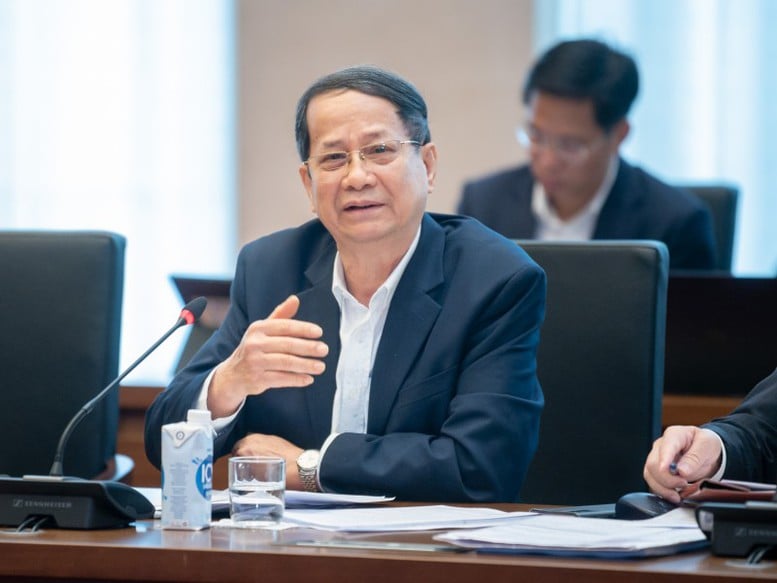


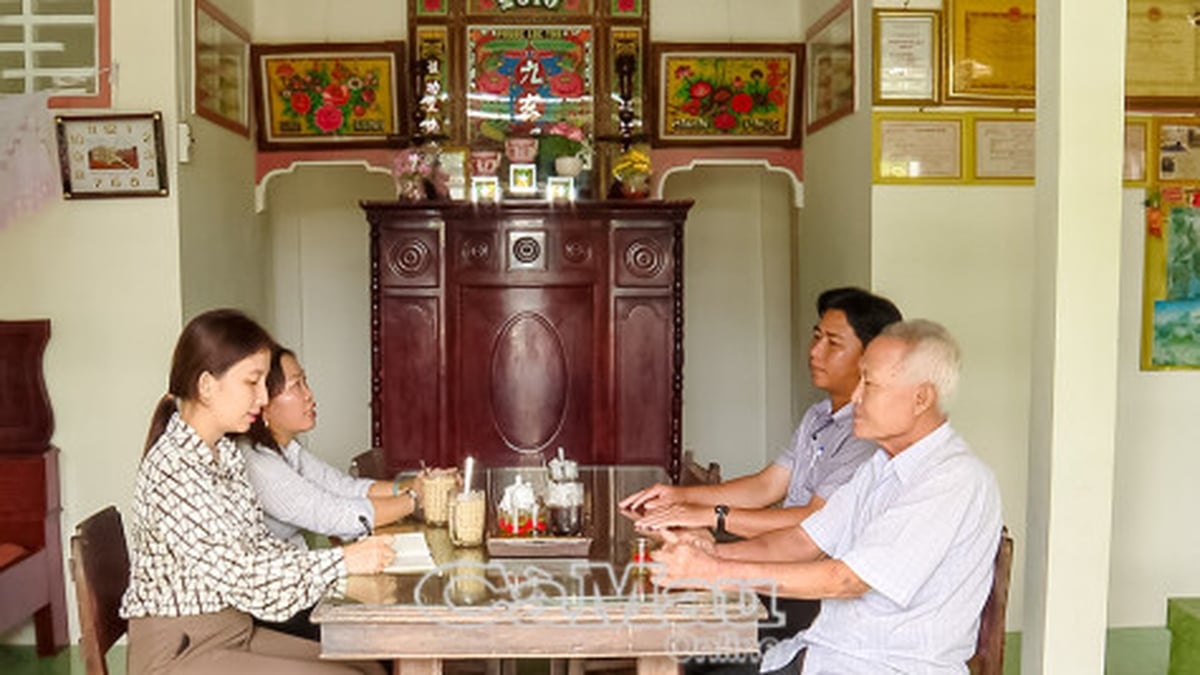
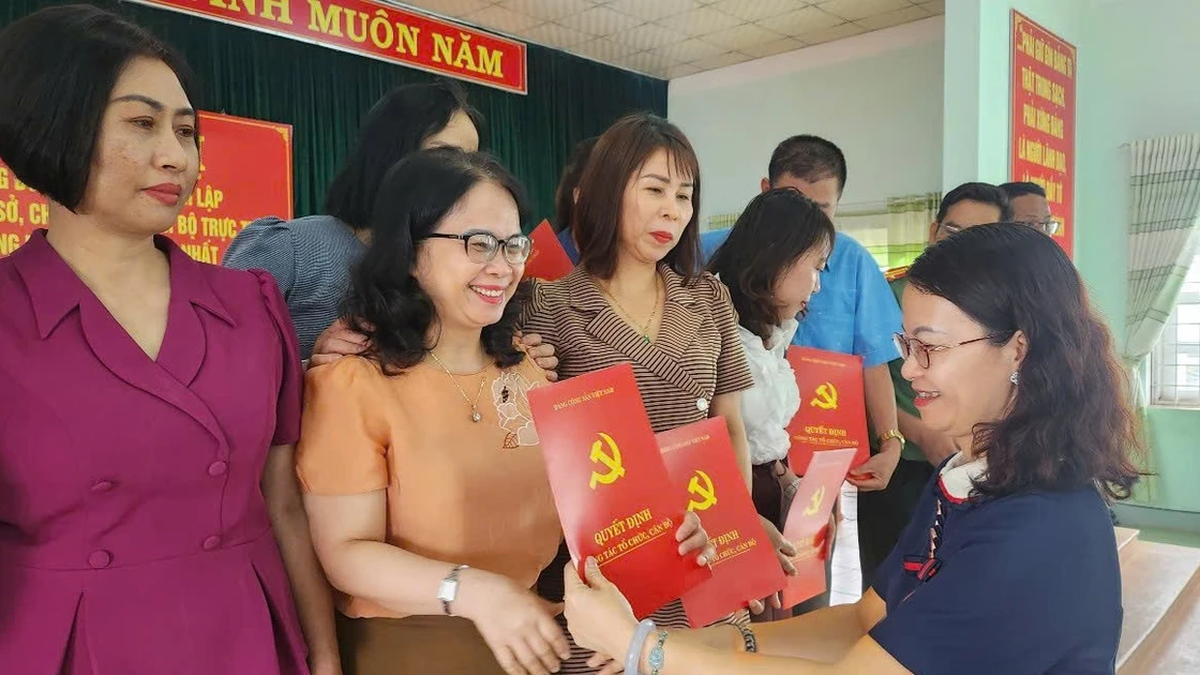
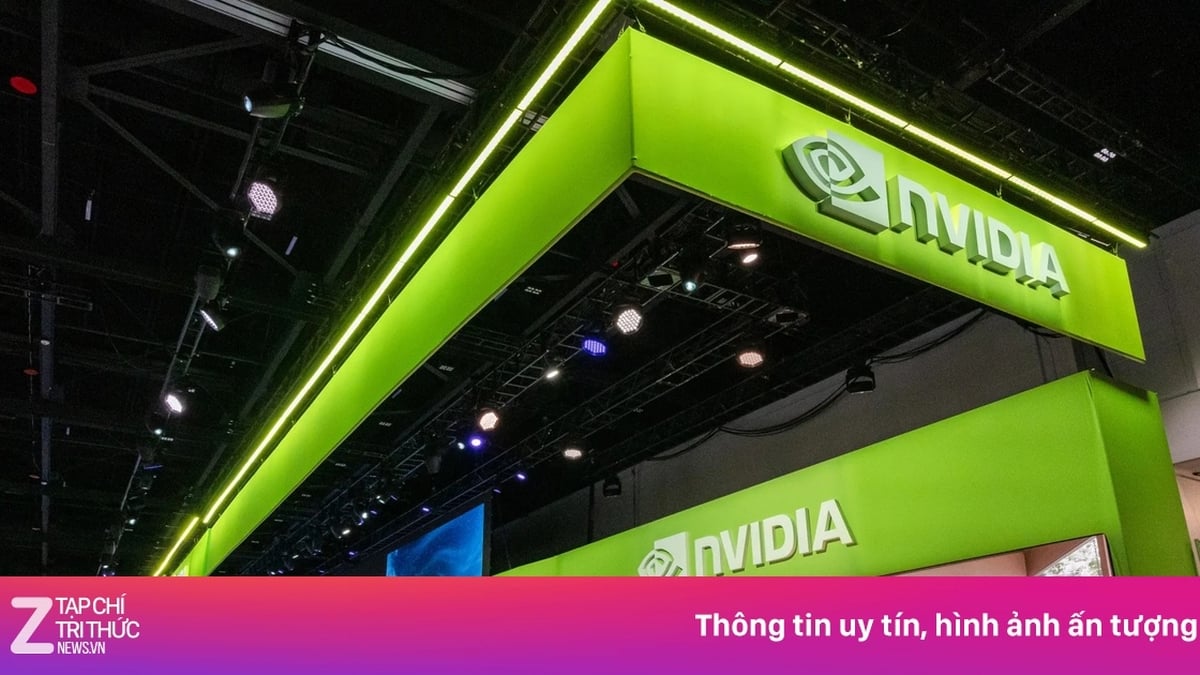




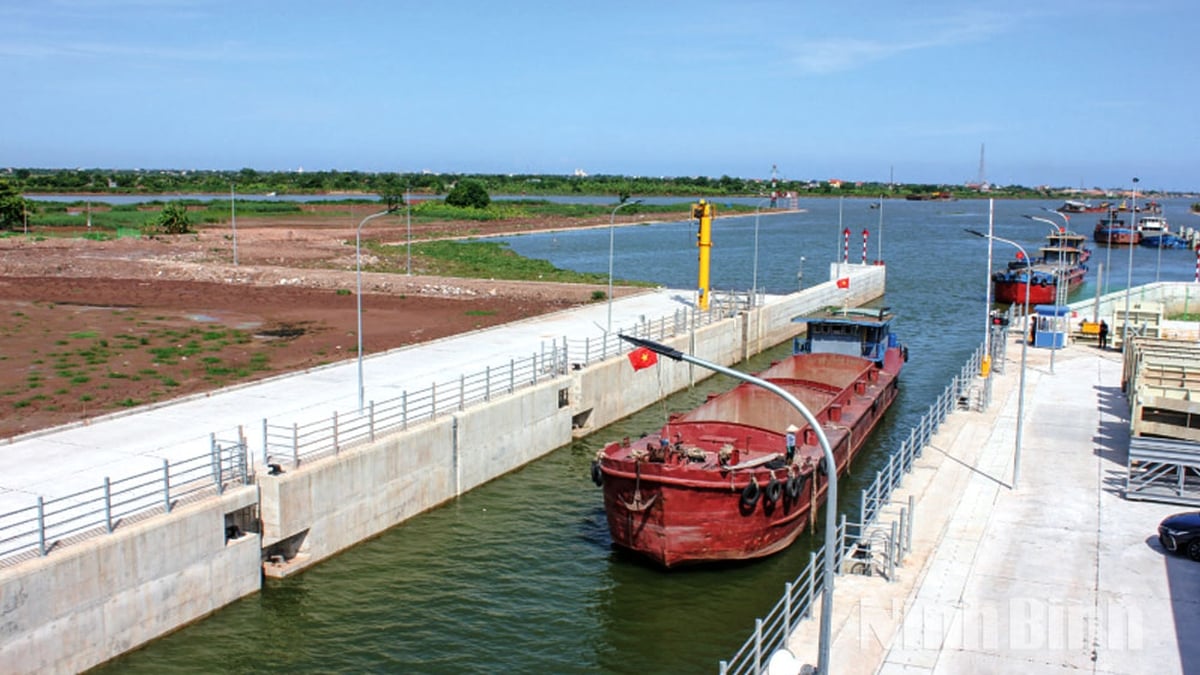
























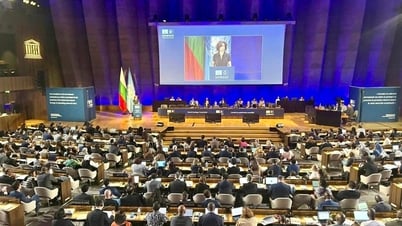




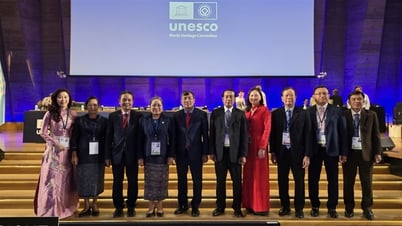





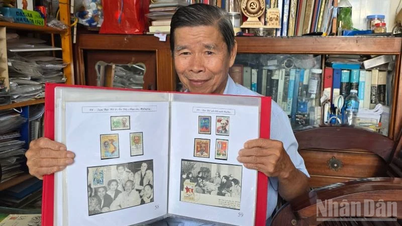
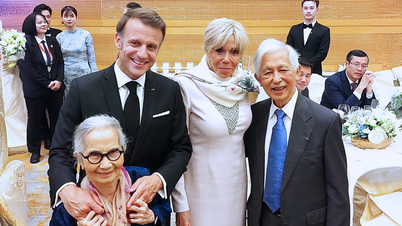






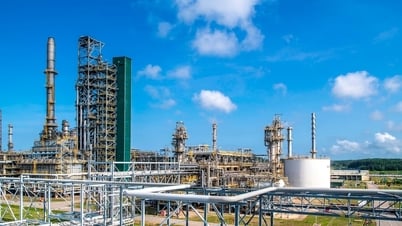



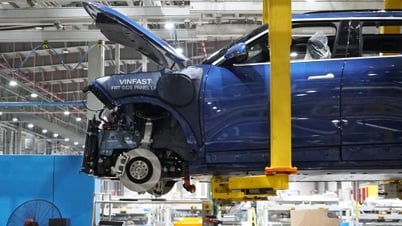



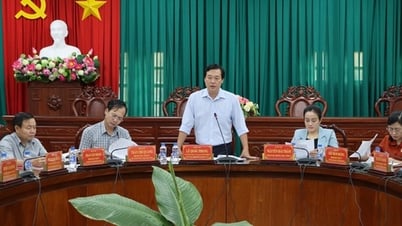

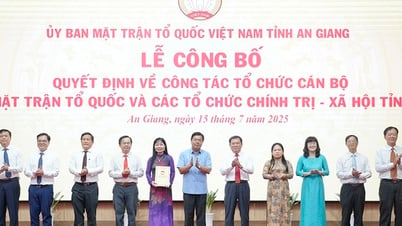


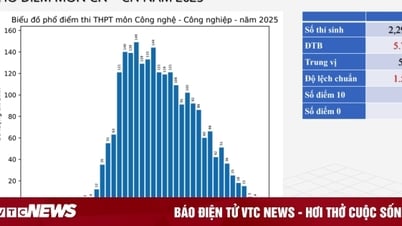
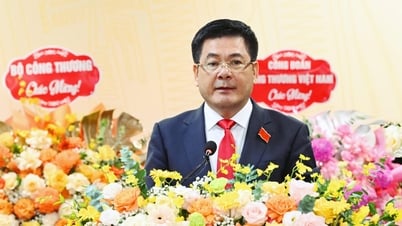

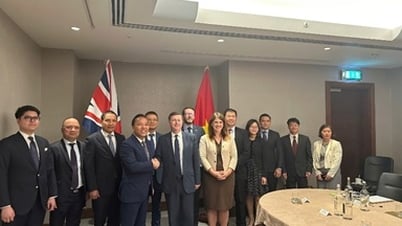




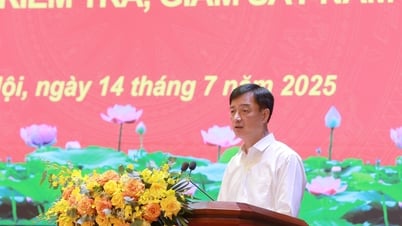















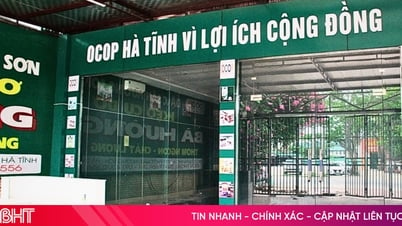








Comment (0)